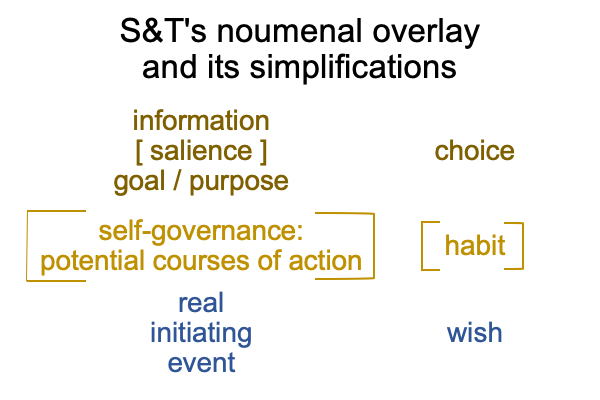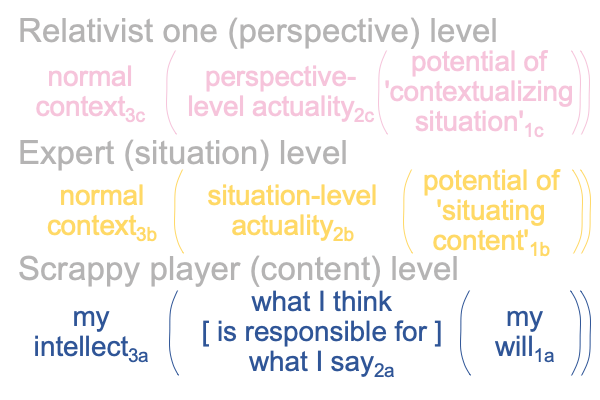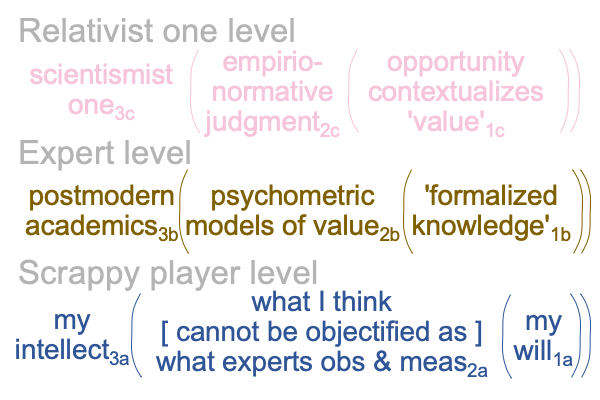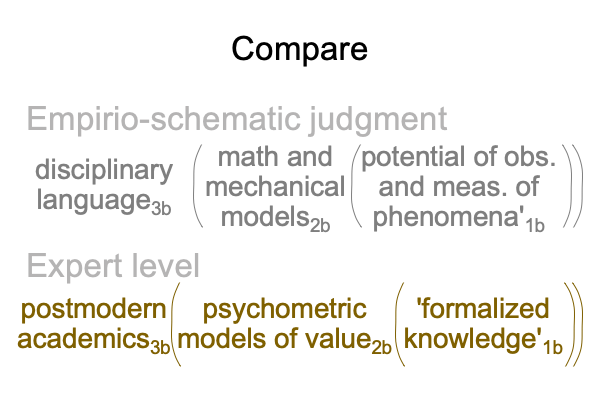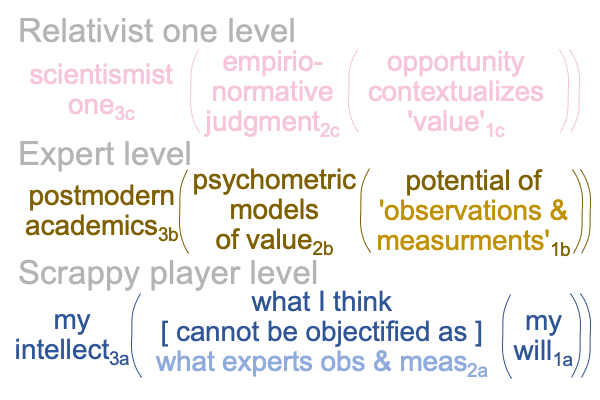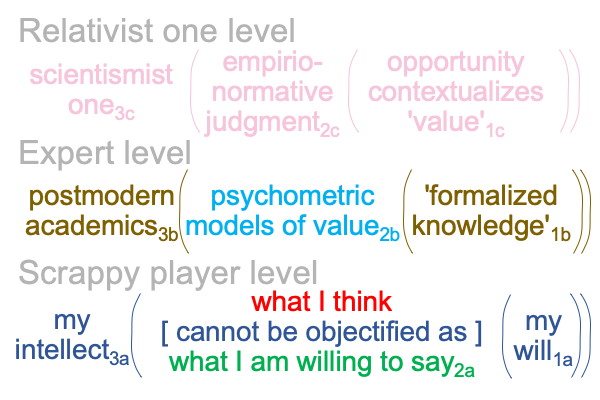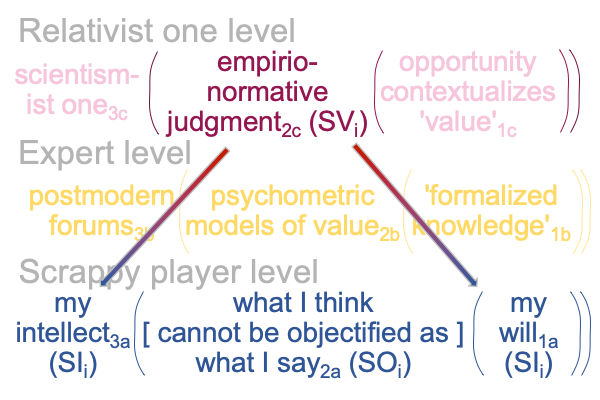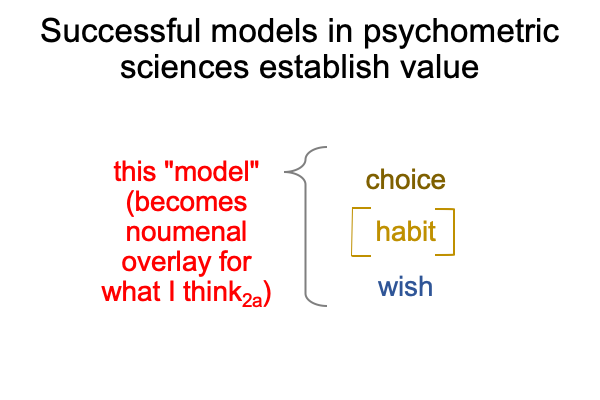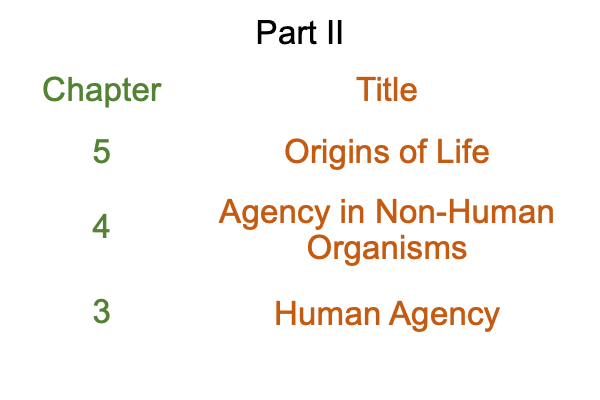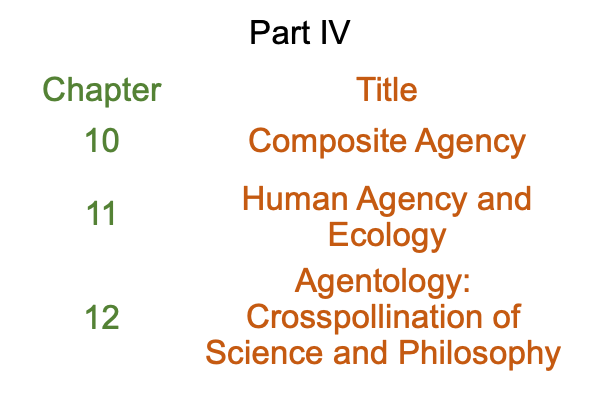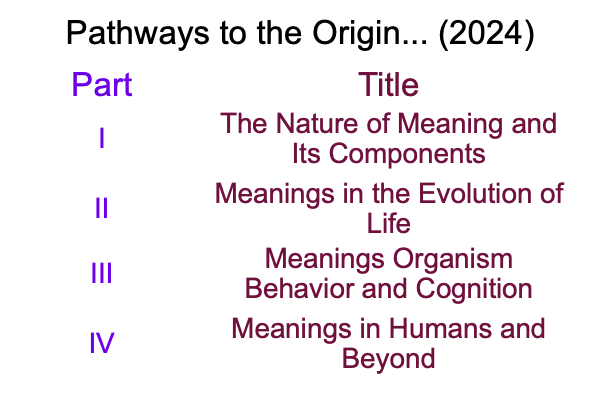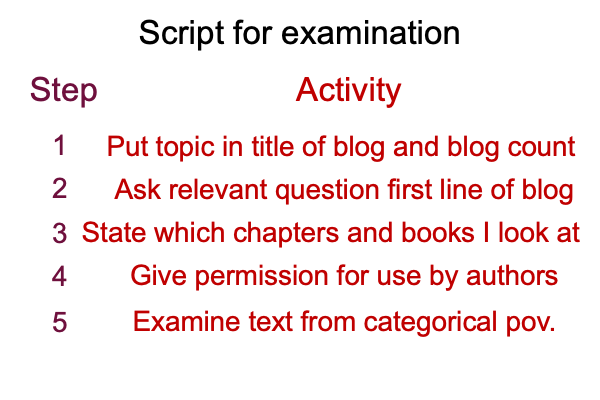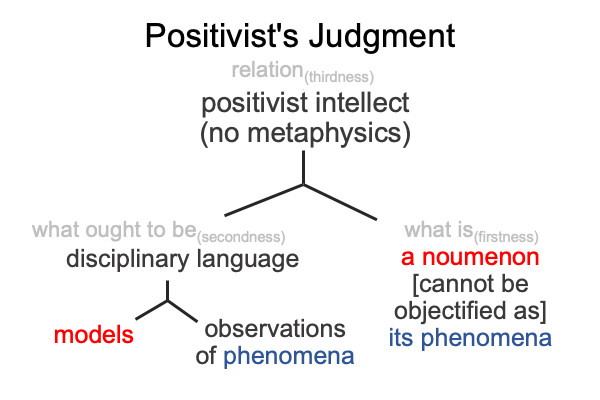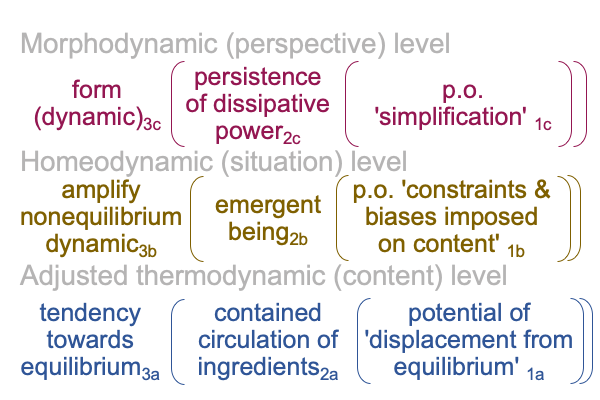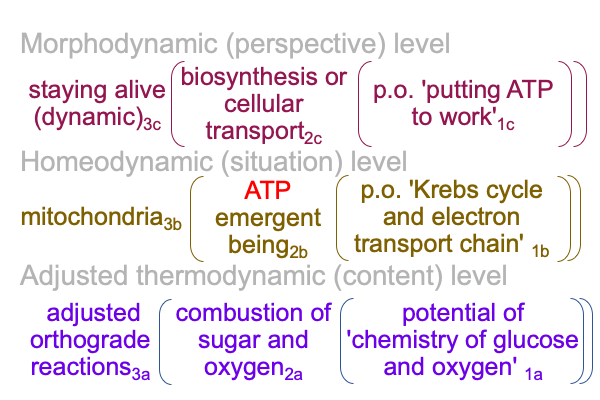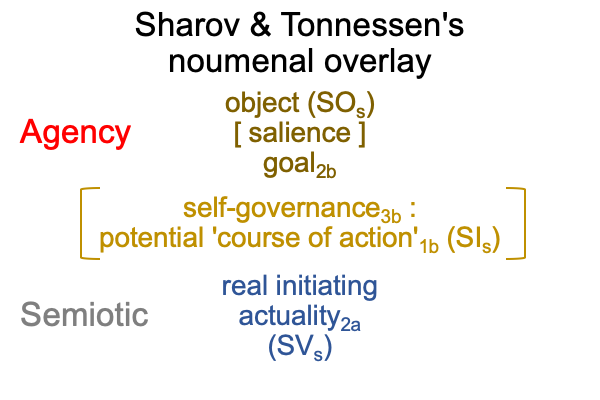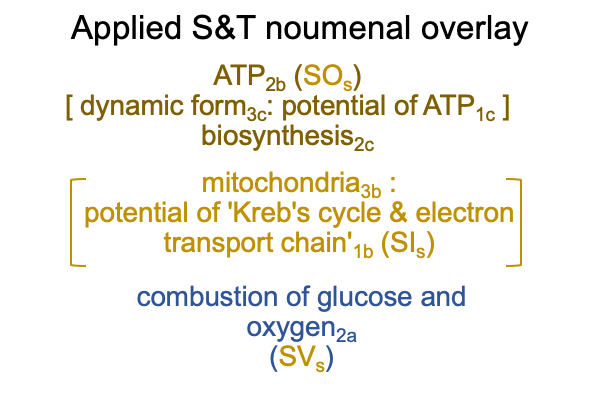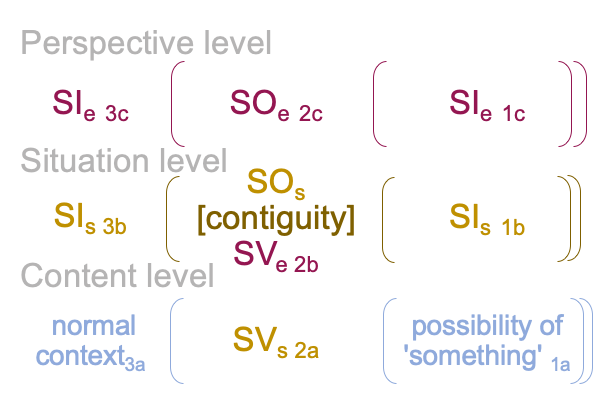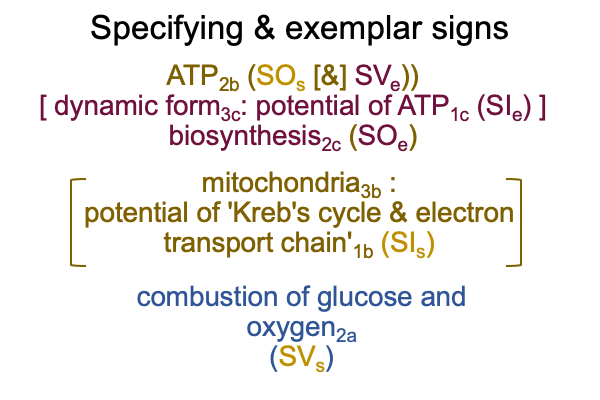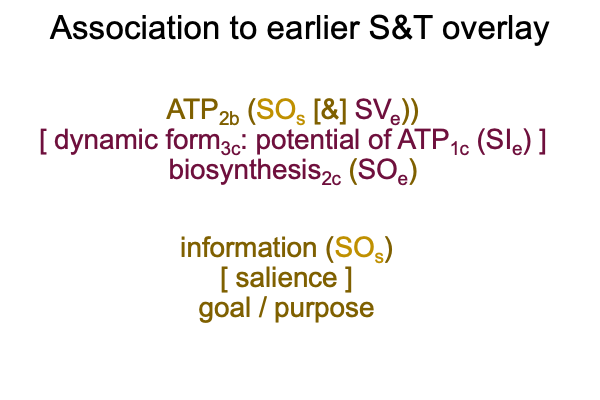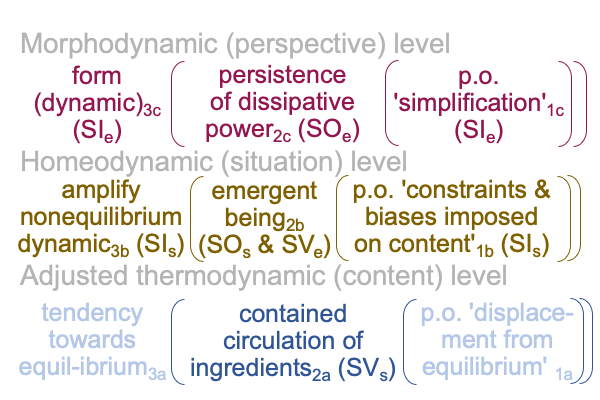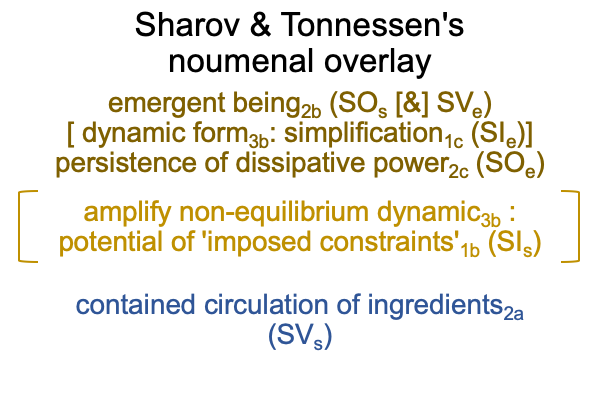Can Biosemiotics Explain The Psychometric Sciences? (Part 2 of 4)
0236 So, what is for the Positivist’s judgment belongs to the category of firstness (the realm of possibility) because phenomena have the potential to be observed and measured and their noumenon has the potential of being the thing responsible for the phenomena.
What ought to be for the Positivist’s judgment belongs to the category of secondness (the realm of actuality).
0237 Triumphalist scientists propose to substitute a successful model for the noumenon because the substitution increases the potential that there is something real that is responsible for the phenomena. Indeed, to a laboratory scientist, the model (overlaying the noumenon) is objectified by its phenomena. Yes, the model is more “real” than its noumenon.
0238 The biosemioticians Sharov and Tonnessen propose to substitute their noumenal overlay, with similar results. Phenomena objectify their noumenal overlay.
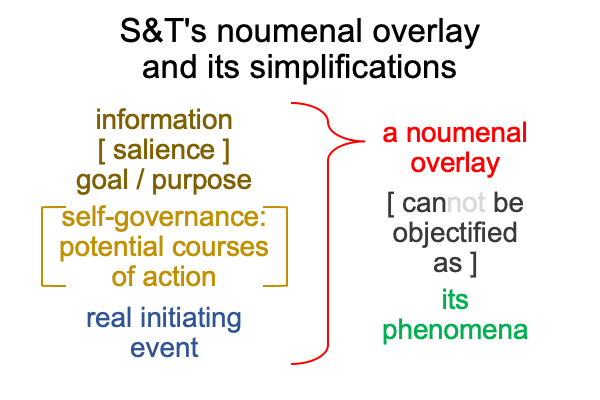
0239 Notice how the noumenal overlay has a dyadic structure. Since the dyad characterizes the category of secondnessand since secondness is the realm of actuality, the dyadic structure increases the feeling that the the noumenal overlay is actual. Indeed, the dyad is so actual that Kant’s slogan seems to apply. This overlay has the feel that it is more than what it appears to be.
This is precisely what Sharov and Tonnessen claim. Their noumenal overlay is what all noumena in the biological sciences have in common. If the diverse noumena of the biological sciences (like the leaves on a tree) have one thing in common, it is the biosemiotic noumenal overlay (like the tree that bears the leaves).
0240 This includes the noumenon of the psychometric sciences.
Or, I should say, this applies to the model that the psychometric sciences aim to substitute for Sharov and Tonnessen’s noumenal overlay.
After all, their model is a simplification of the S&T noumenal overlay.
